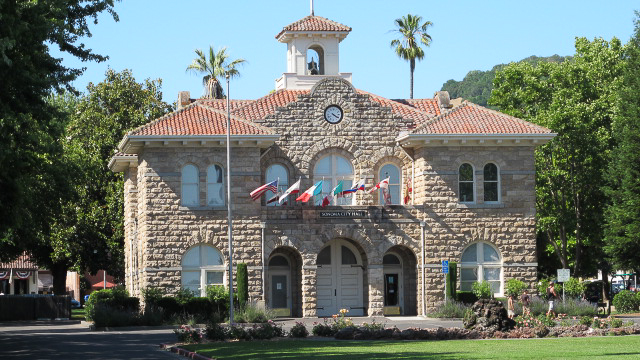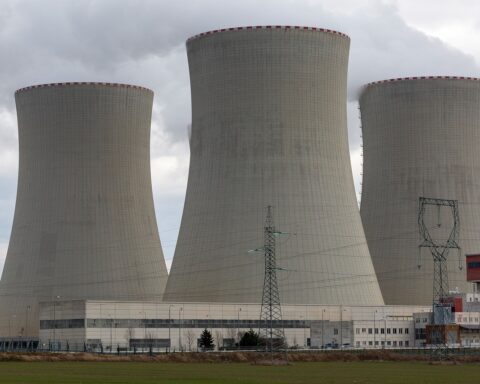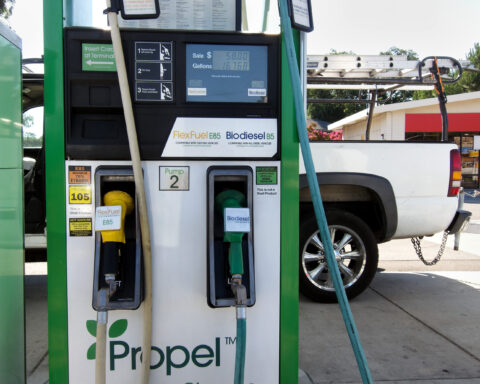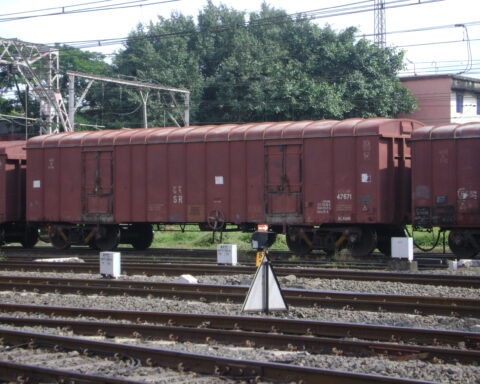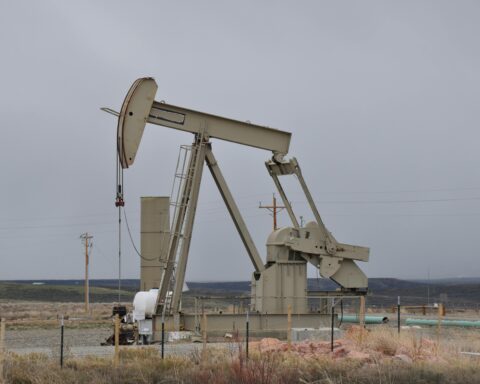As part of a larger initiative to mitigate the impact of climate change and reduce greenhouse gas emissions, California’s Sonoma County Board of Supervisors has allocated $28.2 million toward projects that reduce energy and water use at county buildings.
“These upgrades are designed to pay for themselves over their lifetimes, at no cost to taxpayers, by reducing county spending on electricity, water and natural gas,” Vice Chairwoman Lynda Hopkins said. “At the same time, today’s action will benefit the entire county by reducing carbon emissions that are accelerating climate change.”
Approved projects include building a 1.8 megawatt solar energy system at the County Administration Center campus, where photovoltaic panels will be installed on canopies over parking lots. This system is expected to generate nearly a quarter of the electricity needed for the County campus.
Additional infrastructure improvements involve installing energy-efficient LED lighting in 45 county buildings and a parking area; water-saving toilets, sinks and valves in 44 county buildings; and heat pump water heaters in three county buildings. Battery storage systems will also be installed at the main campus in Santa Rosa and the Los Guilicos campus in Sonoma Valley, allowing the county to store electricity for use when energy costs are highest.
The upgrades will be installed through Pacific Gas & Electric Co.’s Sustainable Solutions Turnkey (SST) program, with completion expected within two years. SST helps customers complete projects that improve facility performance while lowering operating costs and reducing environmental impact. The program offers a streamlined, end-to-end turnkey process for delivering these improvements.
The board also approved financing these upgrades by issuing certificates of participation, with the total cost including interest payments estimated to be no more than $43 million The entire cost of the upgrades, including debt service payments over 20 years, will be fully offset by projected savings on electricity, water and natural gas use throughout the lifetime of the improvements.
Photo by Ed Bierman



